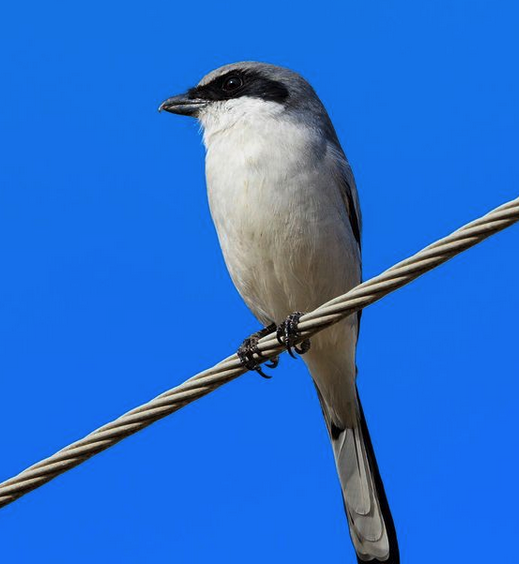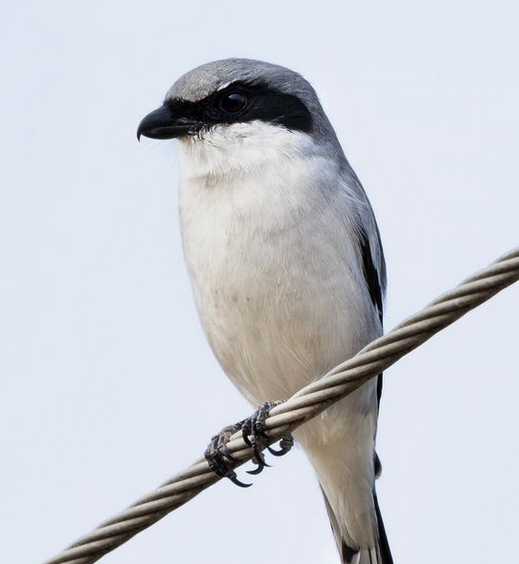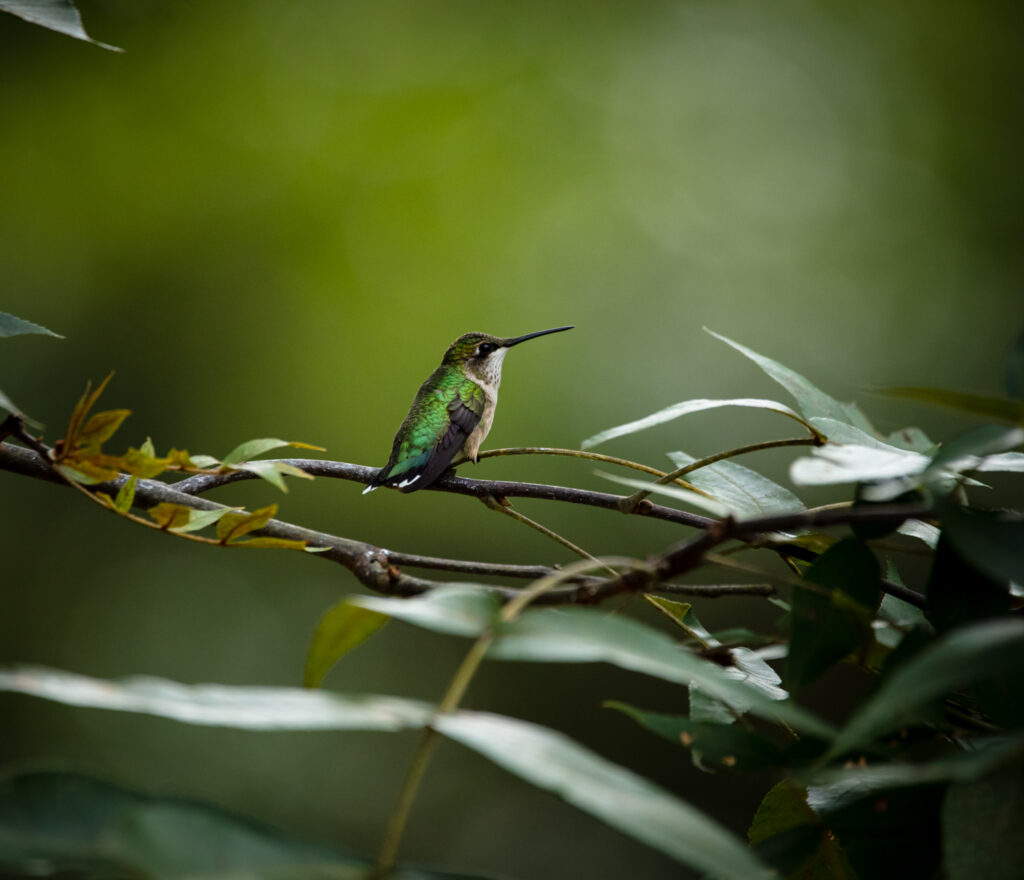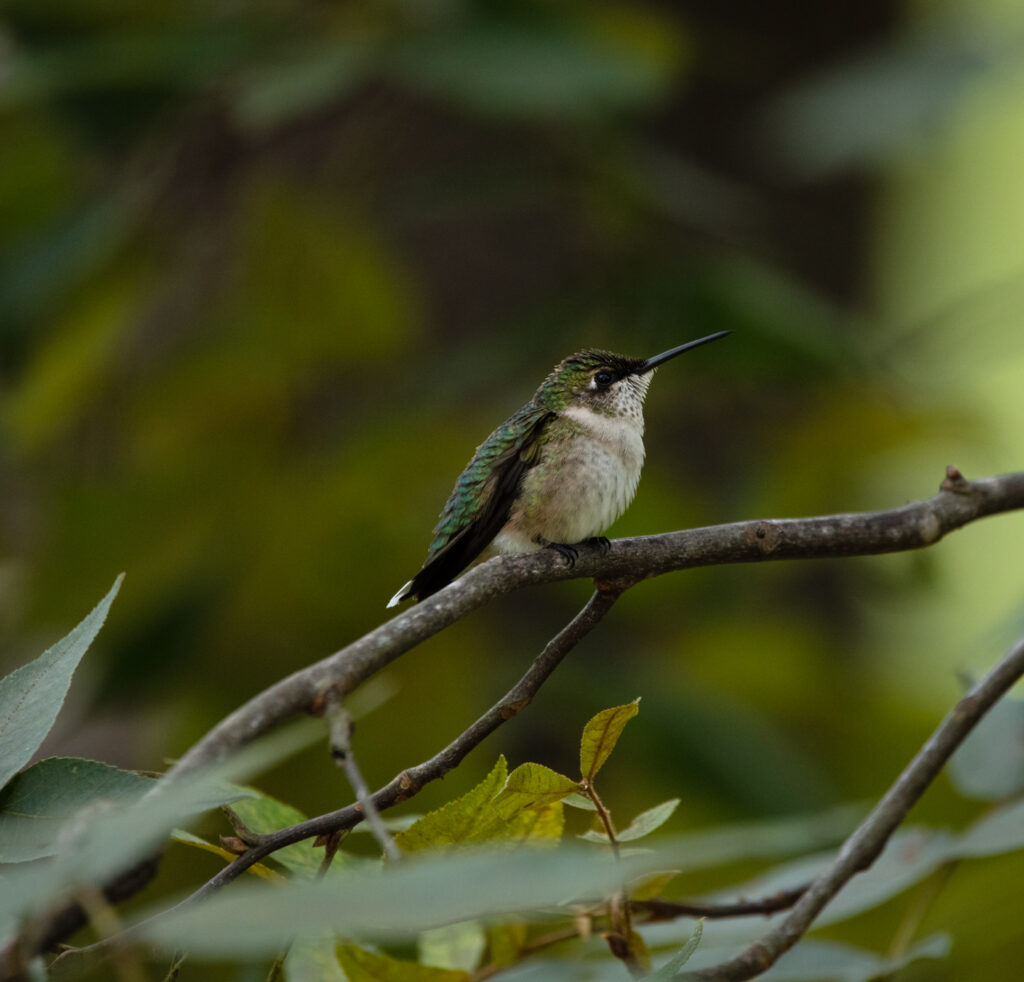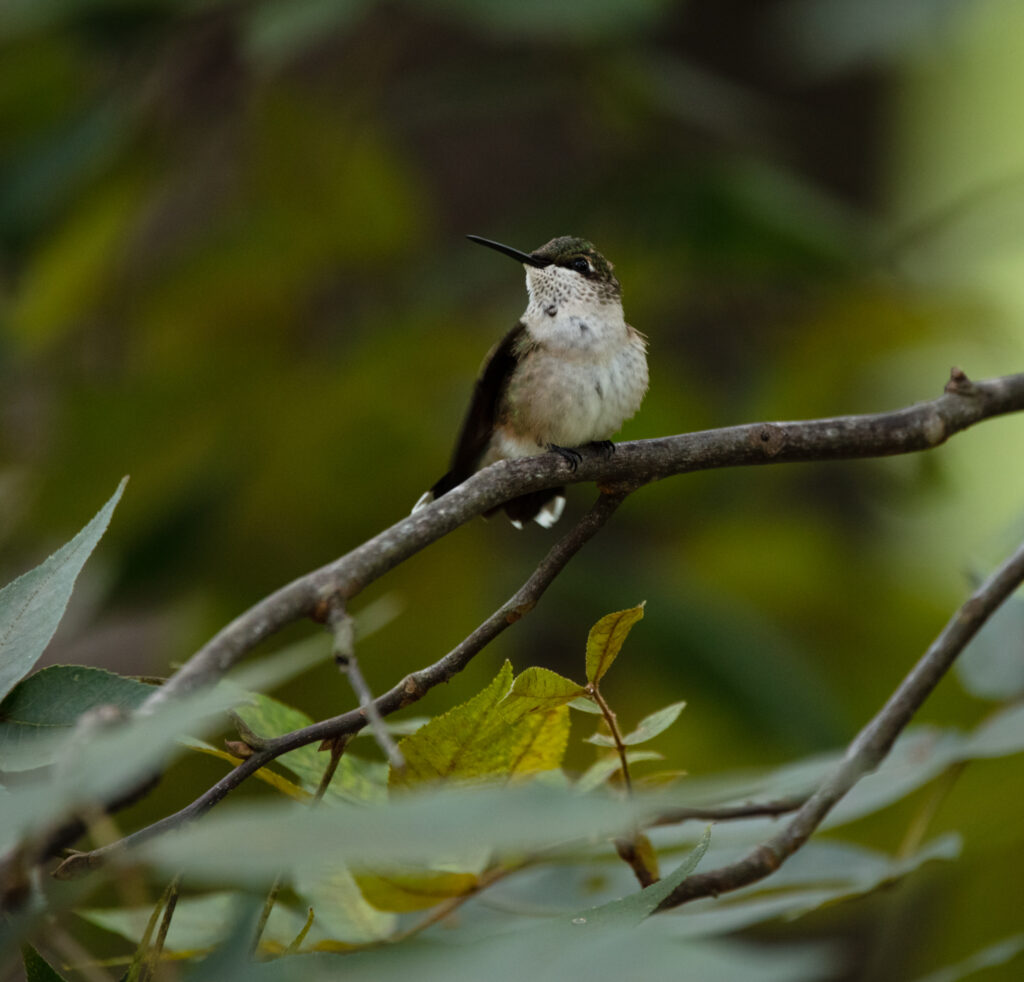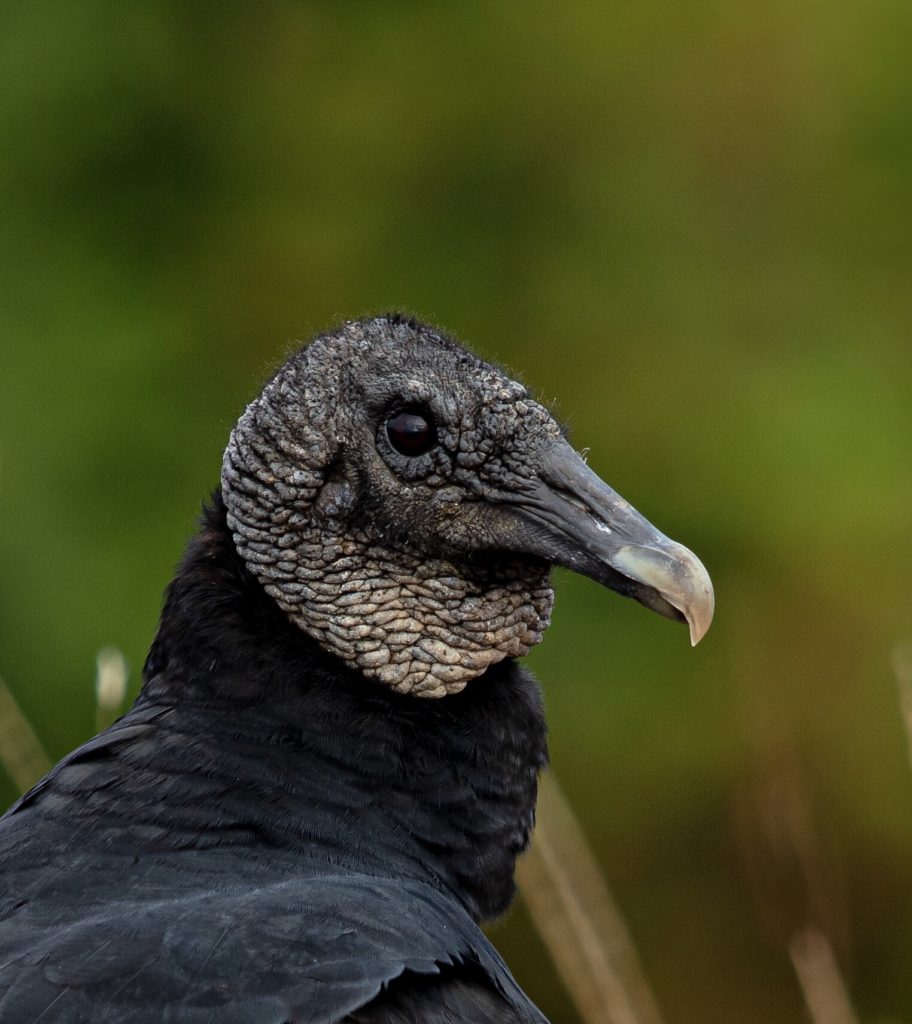By: Sally Siko- Admin BWNC
I got up early in the morning to get in a little birding last weekend and ended up spotting a Loggerhead Shrike near Lake Wheeler Rd. in Raleigh NC.
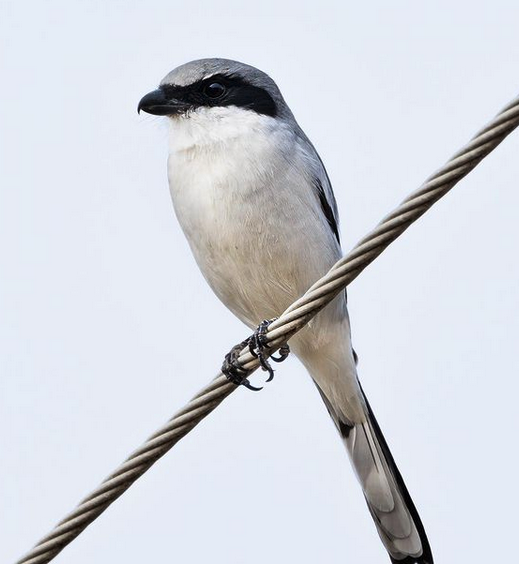
Yeah, I know that these photos aren’t “pretty” yet, the fact that this bird was sitting on a power line is indicative of where you’re most likely to spot one here in NC.
Given that these guys usually fly off as soon as we see them, I was surprised that I was able to get so close to this bird from my vantage point below his perch to get a good close up look at him.
Someday I’ll get that “beauty shot” but today I’ll take what I can get and happily add this species to my yearly list!
Loggerhead Shrikes are predatory songbirds. Their diet consists primarily of mice, voles, grasshoppers and other insects and like their cousin the Northern Shrike, they occasionally will eat other songbirds as well when the opportunity presents itself.
It gets crazier than that though!
Because they lack strong talons or claws, shrikes often impale food on branches, thorns or barbed wire fences to help them tear their prey into bite-sized pieces. For this grisly meat hanging characteristic, shrikes have earned the moniker of “butcher birds”.
*I prefer “murder floof” but I guess “butcher bird” sounds more intimidating idk, lol!
Their favored habitats include wide open, tall grassy fields, overgrown hedge rows and agricultural areas where their prey is found.
Usually they are spotted sitting on the fence lines (and power lines) overlooking the fields, constantly scanning the ground below for a snack.
Though Loggerhead Shrikes may be found throughout the central and eastern regions of Tarheel State year round, the highest amount of recorded sightings occur in the south central counties of NC (near the SC border) during the spring & summer months.
Because I don’t usually see them here in the Triangle in the winter, it really was a nice surprise to catch a glimpse of this tiny predator.
Photos by @sally_siko of @birdwatching_nc on my mighty mirrorless monster, the @canonusa#R5

